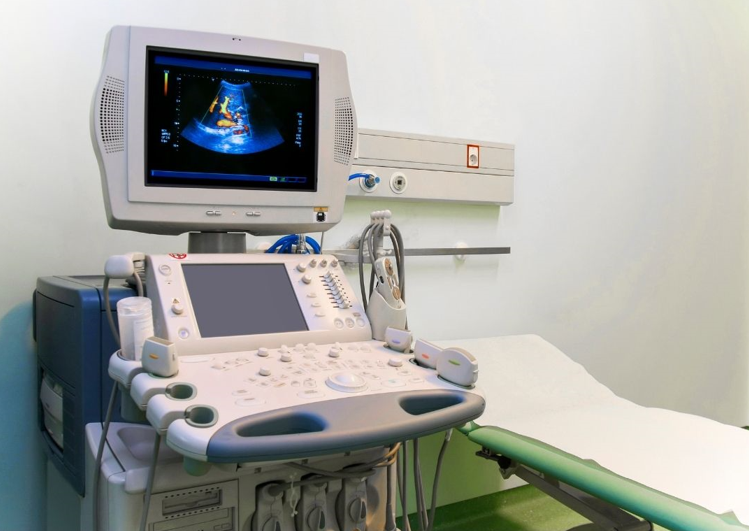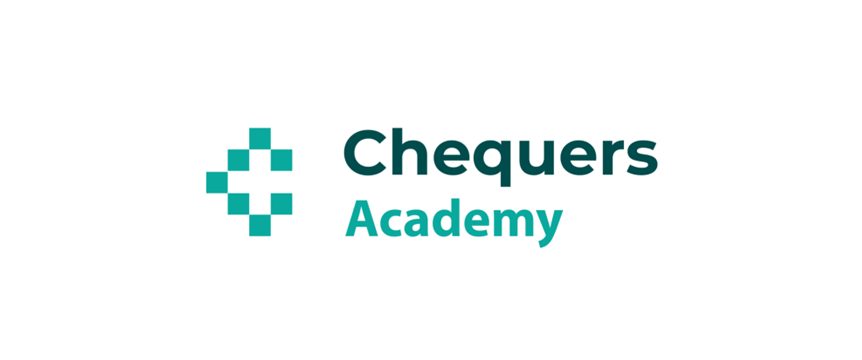- June 20, 2025
- Posted by: lpatel
- Categories:

Ultrasound technology has revolutionized diagnostic medicine and patient care across the globe. Whether you’re a curious patient, aspiring medical professional, or considering a career in sonography, understanding how ultrasounds work can be both fascinating and valuable.
This post will cover what an ultrasound is, how it works, common uses in medicine, types of ultrasound scans, benefits and safety, and how to train in ultrasound imaging.
What is an ultrasound?
An ultrasound is a non-invasive imaging technique that uses high-frequency sound waves to create real-time images of the inside of the body. Clinicians commonly use it to monitor pregnancies, examine organs, detect abnormalities, and guide procedures.
An ultrasound scan (also known as sonography) uses sound waves above the human hearing range to capture images of internal organs, tissues, and blood flow. Unlike X-rays or CT scans, it doesn’t use radiation, making it a safe option for various diagnostic procedures.
Ultrasound devices use a transducer, a handheld device that emits sound waves into the body. These waves bounce back when they hit different tissues, and a computer converts them into moving images.
Key steps:
- The clinician applies a gel to the skin to eliminate air pockets.
- Next, the clinician glides the transducer across the target area to capture images.
- Sound waves reflect off internal structures
- The computer interprets the echoes as images
Clinicians use ultrasound widely in both diagnostic and interventional medicine.
During pregnancy, they rely on it to monitor fetal development, check the heartbeat, measure growth, assess amniotic fluid levels, and determine the baby’s gender.
In general medicine, healthcare providers use ultrasound to evaluate the liver, kidneys, gallbladder, and pancreas; detect tumours or cysts; and assess blood flow using Doppler techniques.
In emergency settings, clinicians use ultrasound to guide needle placements, identify internal bleeding, and perform FAST scans (Focused Assessment with Sonography for Trauma).
Types of ultrasound scans include:
- Abdominal ultrasound – for organs like liver, spleen, kidneys
- Pelvic ultrasound – reproductive organs and bladder
- Musculoskeletal ultrasound – joints, ligaments, tendons
- Vascular ultrasound – blood vessels and circulation
- Echocardiogram – heart function
- Transvaginal and Transrectal ultrasound – internal views with internal probe
Yes, ultrasounds are extremely safe when performed by trained professionals. In contrast to imaging techniques that use radiation, ultrasound employs non-ionising sound waves, which do not pose health risks. Consequently, it is widely preferred for many diagnostic purposes.
Additionally, with the growing demand in both private and NHS sectors, developing skills in ultrasound can open new opportunities in healthcare. Specifically, it benefits careers in midwifery, emergency medicine, physiotherapy, general practice, and sonography.
Therefore, acquiring ultrasound training not only enhances your clinical abilities but also broadens your professional prospects.
Interested in becoming certified?
👉 Explore our hands-on ultrasound training course at Chequers Academy – designed for healthcare professionals looking to upskill or expand their diagnostic capabilities.
Benefits of ultrasound training include:
- Fast diagnostic results
- Non-invasive and pain-free experience
- Portable technology — useful in clinics, ambulances, or field settings
- Enhances patient trust and clinical decision-making
Frequently Asked Questions:
How long does an ultrasound take?
An ultrasound scan typically takes 15–45 minutes, depending on the area your clinician examines
Do you need special preparation?
Some scans require fasting or a full bladder. Your clinician will give you instructions in advance.
Can I become certified in ultrasound without a medical degree?
Certain short courses allow non-doctors (e.g., nurses, physiotherapists) to learn focused scanning techniques — like those taught in point-of-care settings.
Ultrasound technology is more than just a pregnancy tool. It’s a versatile, safe, and essential diagnostic method. Whether you’re a clinician looking to expand your skillset or someone simply curious, there’s never been a better time to explore the world of ultrasound.

